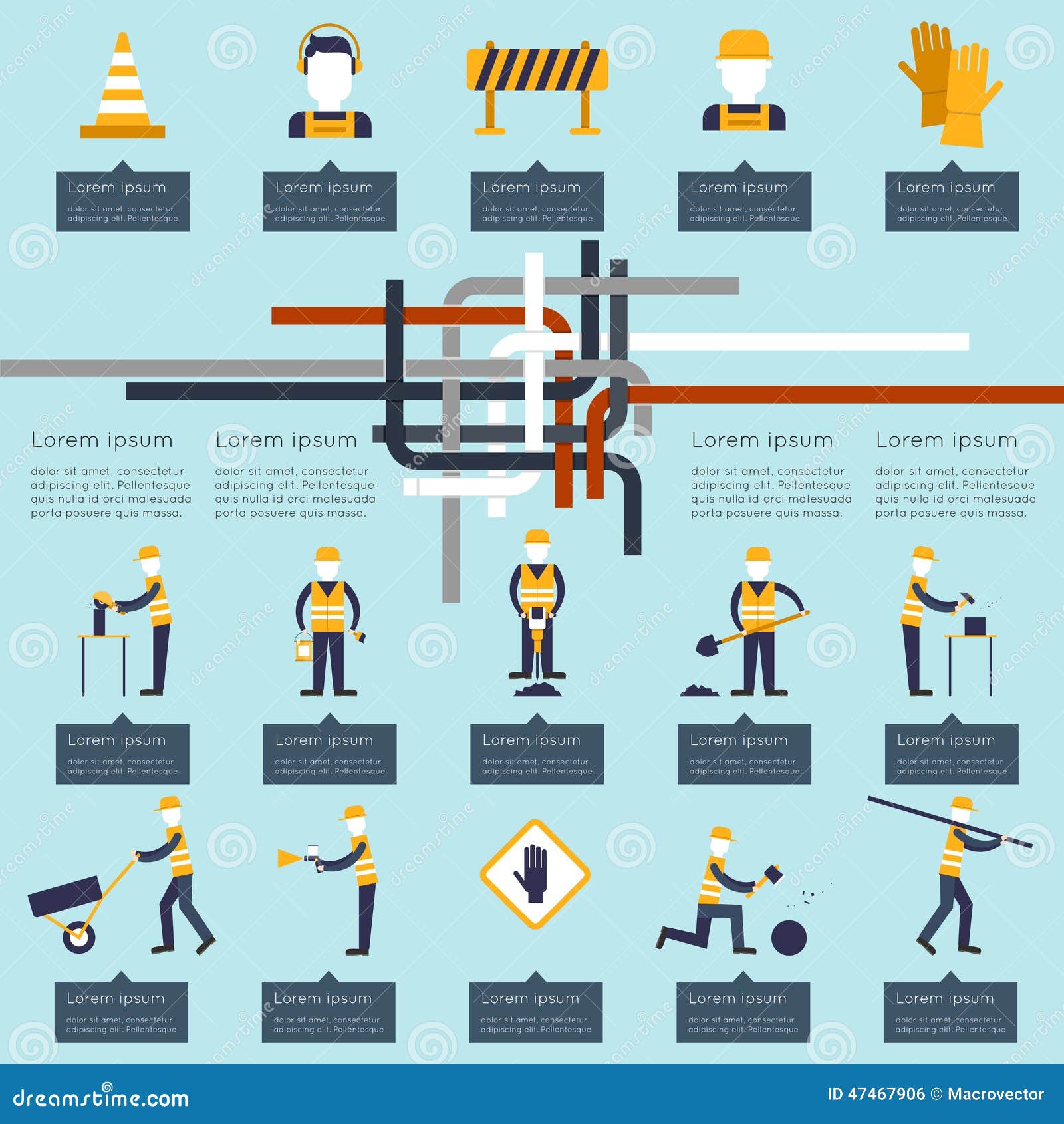The Impact Of Weather On Industrial Outside Paint: Key Considerations
The Impact Of Weather On Industrial Outside Paint: Key Considerations
Blog Article
Material Writer-MacKinnon Dohn
When you're planning a commercial outside paint task, do not undervalue the influence of weather condition on your results. You require to think about factors like temperature level, moisture, and precipitation, as they can make or damage your paint work. As an example, did you know that perfect problems require certain temperature level varieties and moisture degrees? Failing to keep track of these aspects can result in irregular finishes or even damages to fresh paint. Recognizing these elements is essential to accomplishing a resilient, specialist outcome. So, what particular climate condition should you watch out for?
Temperature level Considerations
When it pertains to commercial exterior painting, temperature plays a crucial duty in the end result of your job. If you're painting in severe warmth, the paint can dry out as well promptly, resulting in problems like inadequate bond and uneven surfaces. You wish to go for temperatures between 50 ° F and 85 ° F for the very best results. Below 50 ° F, paint might not heal appropriately, while over 85 ° F, you take the chance of blistering and splitting.
Timing your job with the right temperature levels is essential. Start your job early in the early morning or later on in the mid-day when it's cooler, specifically throughout hot months.
Additionally, take into consideration the surface temperature; it can be significantly higher than the air temperature, specifically on bright days. Make use of a surface thermostat to check this before you begin.
If temperature levels are unpredictable, keep an eye on the weather forecast. Abrupt temperature level drops or heat waves can thwart your plans. You do not want to begin painting only to have the problems alter mid-project.
Humidity Degrees
Humidity degrees significantly influence the success of your industrial exterior paint task. When the humidity is expensive, it can impede paint drying and healing, bring about a variety of issues like inadequate attachment and finish quality.
If you're planning a work during moist conditions, you may discover that the paint takes longer to completely dry, which can prolong your task timeline and boost expenses.
Conversely, reduced moisture can also present difficulties. Paint might dry out also swiftly, preventing proper application and resulting in an unequal surface.
You'll want to keep an eye on the humidity degrees very closely to ensure you're working within the optimal range, generally between 40% and 70%.
To get the most effective results, consider making use of a hygrometer to gauge humidity before starting your job.
If you discover the degrees are outside the optimum range, you may need to adjust your schedule or pick paints designed for variable conditions.
Constantly seek painters for hire portland from the manufacturer's guidelines for particular suggestions on humidity tolerance.
Rainfall Influence
Rainfall or snow can substantially disrupt your industrial exterior paint plans. When rainfall takes place, it can get rid of newly used paint or create an irregular surface. Ideally, you intend to select days with completely dry weather condition to make certain the paint sticks appropriately and treatments effectively. If you're captured in a rain shower, it's ideal to stop the job and wait for conditions to improve.
Additionally, snow can be much more destructive. https://health.clevelandclinic.org/home-diy-project-6-tips-avoid-dangerous-fumes-substances/ does it produce a wet surface, but it can also lower temperatures, making it hard for paint to dry. This can lead to issues like peeling or blistering down the line.
It's important to check the weather forecast before beginning your project. If rainfall or snow is predicted, consider rescheduling.
Constantly remember to allow appropriate drying out time between layers, specifically if the weather condition continues to be unpredictable.
Conclusion
In conclusion, keeping an eye on the weather is important for an effective industrial exterior painting job. By keeping track of temperature, humidity, and precipitation, you can ensure the most effective conditions for application and curing. Bear in mind to plan your work around beneficial weather condition and always follow maker standards. With the right technique, you'll achieve a durable, stunning finish that can endure the aspects. Don't let the weather condition capture you off-guard-- remain educated and paint wise!
